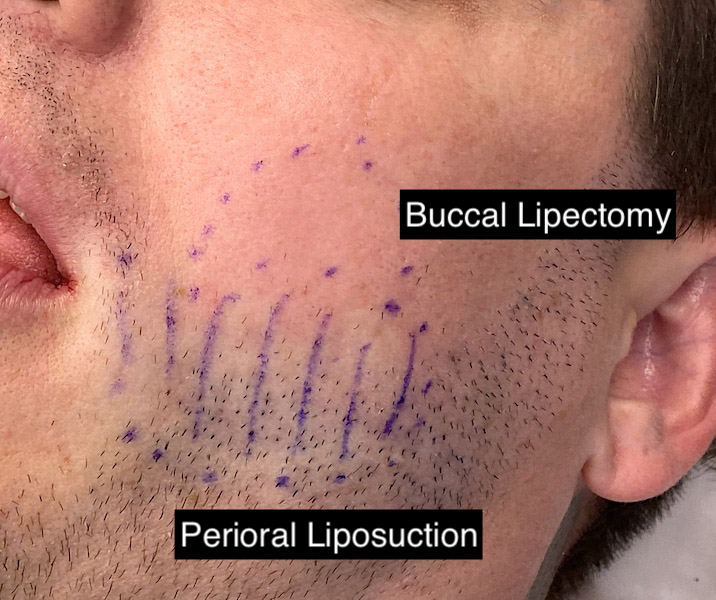Background: The buccal lipectomy is a well known facial defatting procedure that is commonly done. It is a dramatic procedure in that a discrete collection of fat is extracted from an incision inside the mouth. While it is a straightforward procedure to perform there are a lot of misconceptions about the procedure including what its real effects are and what its long term implications might be.
In terms of effect the location of the buccal fat largely creates a submalar reduction that extends down to about the level of the mouth. Its effect does not extend all the way to the jawline as there is rarely a lobe or extension of the buccal fat pad that get that low. In its best effect it creates about a thumbprint size indentation below the cheekbone. Not surprisingly it has its biggest impact in thin or low volume faces. Its effect in the round or fuller face is often underwhelming…but understandable given the location and size of the buccal fat pad.
The more complete cheek soft tissue reductive effect adds perioral or lower cheek liposuction with the buccal lipectomy. The fat by the side of the mouth and down to the jawline is subcutaneous in location. It lies between the skin and the buccinator muscle. There is another fat layer between the buccinator muscle and the oral mucosa but it is typically thinner than on the skin side of the muscle. The removal of compartmentalized fat higher in the cheek and subcutaneous fat lower in the cheek maximizes whatever cheek sculpting effect that can be seen.
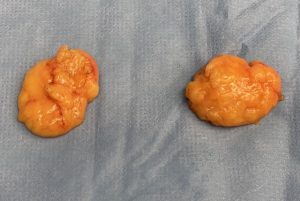
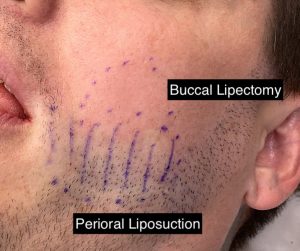 Case Study: This male had a combination of buccal lipectomy and perioral liposuction to try and create a more sculpted appearance to the face. Recovery from such facial surgery is fairly quick although the true final results may take 3 to 4 months to fully see.
Case Study: This male had a combination of buccal lipectomy and perioral liposuction to try and create a more sculpted appearance to the face. Recovery from such facial surgery is fairly quick although the true final results may take 3 to 4 months to fully see.
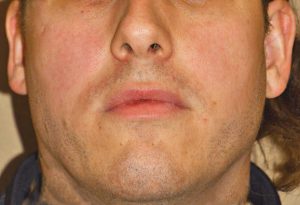
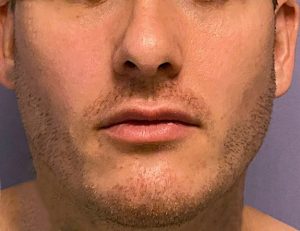
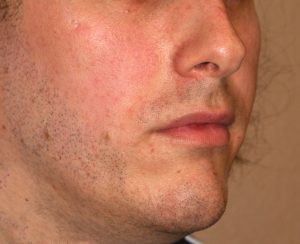
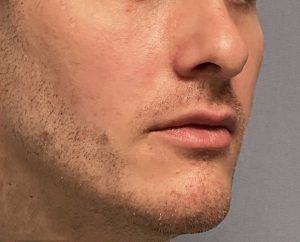 In that regard what effect did the procedure have? Did it achieve the facial sculpting effect that he desired? His before and after pictures allow one to judge for themselves.
In that regard what effect did the procedure have? Did it achieve the facial sculpting effect that he desired? His before and after pictures allow one to judge for themselves.
My observations is that most patients experience modest improvements that are often synergistic if other facial reshaping procedures are also done. While there are a few patients that occasionally may experience an over correction (gaunt effect) and desire reversal, this is fairly uncommon. Conversely in most patients the risk is more of undercorrection or not fully meeting the patients ideal expectations.
Case Highlights:
1) The combined buccal lipectomy and perioral liposuction is the most midface/cheek soft tissue reduction that can be done.
2) The aesthetic success of the procedure depends on the face in which it is performed on and what the patient’s expectations are.
3) Cheek soft tissue reduction produces its greatest effects in the thinner face where the risk of over correction may exist but has lesser effects in full/thicker faces where the risk of under correction is more likely.
Dr. Barry Eppley
Indianapolis, Indiana

